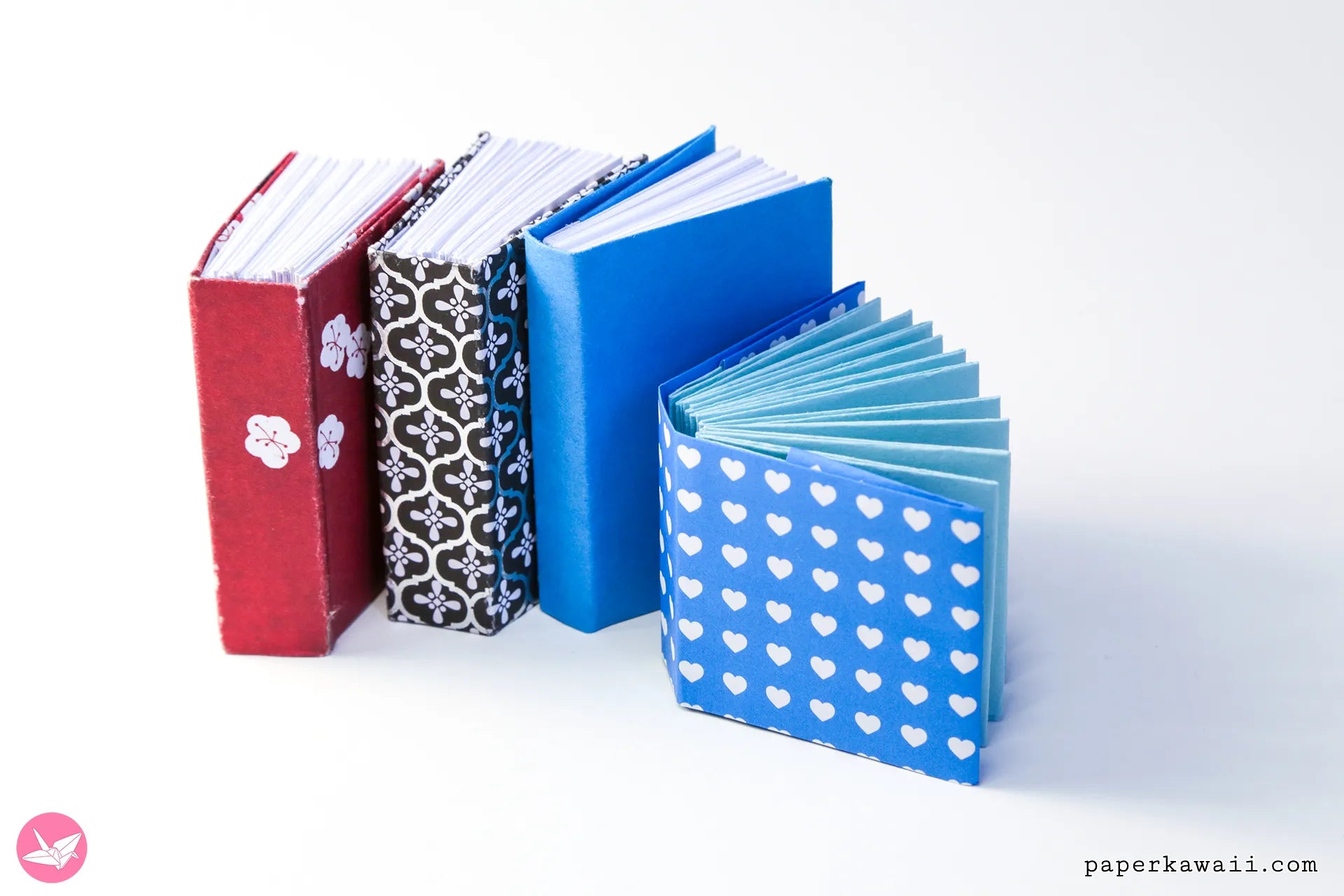Your cart is empty
Looks like you haven't added anything to your cart yet

Guidelines for Origami Books Difficulty Level
| Simple | No previous folding experience is required to use books rated simple. Examples: Swan, magazine cover box, jumping frog, sailboat |
| Intermediate | All of the above, plus you should be comfortable folding double rabbit ears, crimps, double sinks, closed sinks, and stretching a base. You should have some familiarity with Origami terminology and materials. You should also know how to fold a bird base from memory, and be good at inside reverse folds, outside reverse folds, and basic sink folds. Examples: Waterbomb, Flapping Bird, star basket, tulip/leaf & stem, Jack-in-the-Box, Montroll 3-star models. You should have some familiarity with origami terminology and materials. You you should know how to fold a bird base from memory, and be good at inside reverse folds, outside reverse folds, and basic sink folds. |
| Advanced / Complex |
All of the above, plus you should be an experienced folder, be comfortable folding from diagrams, and be able to follow intricate sequences of precise moves.Complex models are the catch-all for anything harder than the preceding. A Super Complex model might contain: Multiple nested sinks, extensive precreasing followed by collapses, and collapses with ten or more creases coming together at once. Complex models might have "collapse" moves, where many creases come together at once. They are also commonly very sensitive to folding errors, so that if you do not fold precisely early on you won't be able to complete the model. Examples: As defined by the creator of the model, and especially anything that takes more than 3 hours |
Download the OrigamiUSA guidelines for easy reference:
Guidelines for Origami Difficulty [pdf]
- Choosing a selection results in a full page refresh.